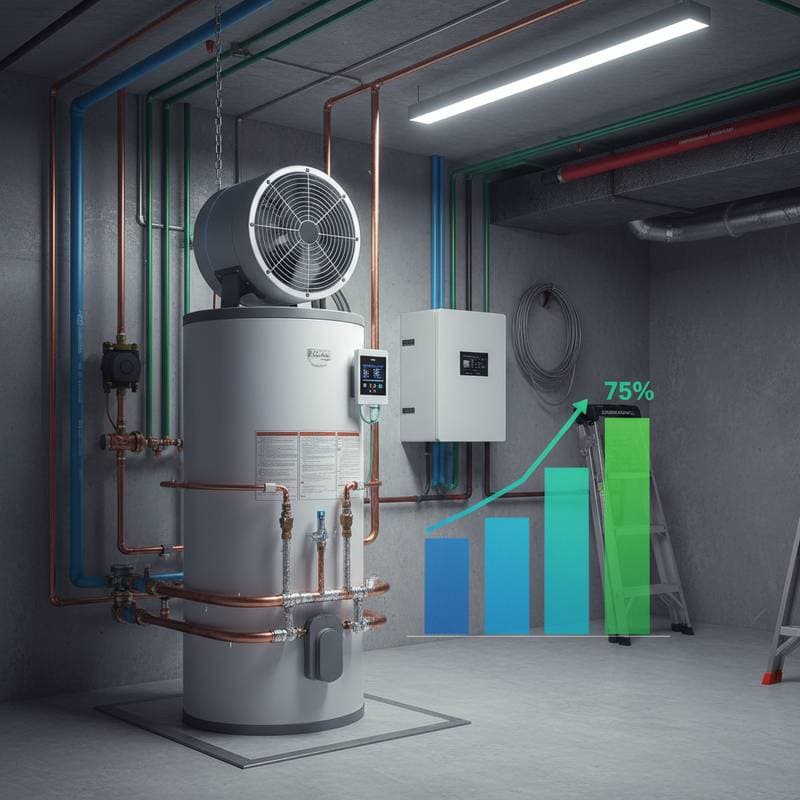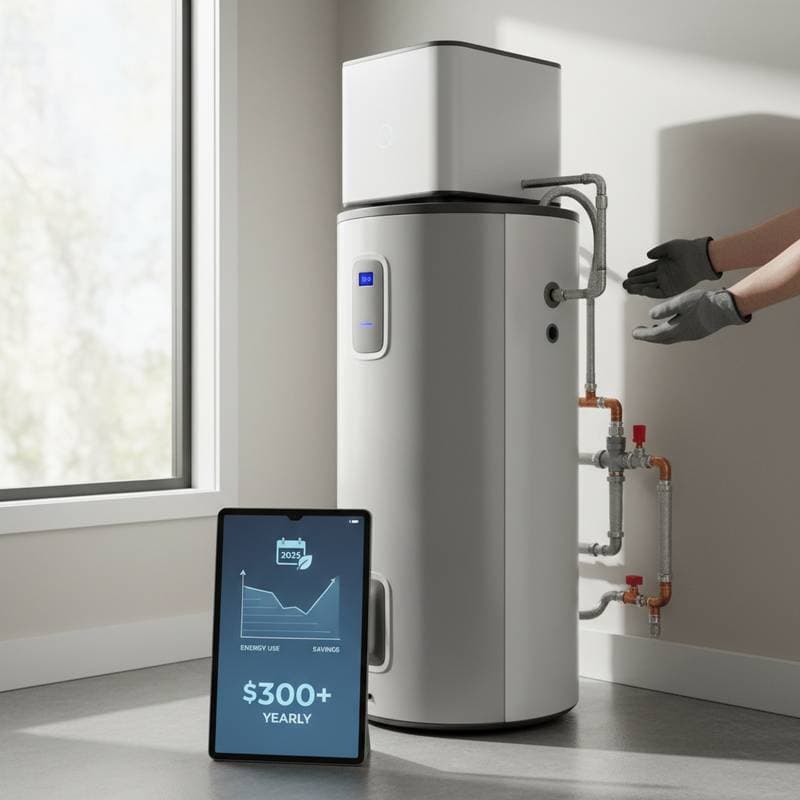Understanding the 2025 HVAC Filter Shortage and Protecting Your System
Homeowners nationwide confront a pressing challenge: the impending HVAC filter shortage set for 2025. This disruption targets high-demand filters, particularly those rated MERV 11 to MERV 13, which play a critical role in capturing fine particles to support system efficiency and indoor air purity.
Standard HVAC filters typically range in price from $15 to $60, influenced by size, material, and rating. With supplies tightening, expect elevated costs and prolonged wait times for procurement. The following sections outline the shortage's origins, its effects on daily home operations, and immediate measures to sustain optimal HVAC function.
Current Pricing Trends for HVAC Filters Amid Shortages
Filter prices differ based on specifications and local availability, yet the shortage has prompted a clear upward trend. The table below summarizes typical ranges for residential options, helping homeowners anticipate expenses.
| Filter Type | Average Cost | Key Features |
|---|---|---|
| MERV 8 | $15 - $25 | Basic filtration for larger dust and pollen particles; suitable for general use |
| MERV 11 | $25 - $40 | Enhanced capture of finer allergens and smoke; balances efficiency and airflow |
| MERV 13 | $35 - $60 | Superior trapping of viruses, bacteria, and mold spores; ideal for sensitive households |
| HEPA-grade | $60 - $120 | Maximum filtration for ultra-clean air; requires system verification for compatibility |
These figures represent current retail norms and could vary with market shifts. Users of MERV 13 filters face the greatest risk of stockouts and price surges.
Proactive Measures to Secure and Maintain Your HVAC Filters
Homeowners can implement several targeted strategies to mitigate shortage impacts and preserve system reliability.
1. Stock Up on Filters Early
Acquire a six- to twelve-month supply of filters in your system's exact dimensions. This approach secures availability at today's rates and eliminates scramble during peak demand periods.
2. Confirm Filter Compatibility Before Changes
If preferred ratings prove scarce, consider stepping down to a lower MERV level temporarily. Consult an HVAC specialist to ensure the substitute maintains adequate airflow and complies with warranty terms.
3. Maintain Reusable Filters Effectively
For systems equipped with washable filters, rinse them using lukewarm water and a gentle soap solution. Allow complete air-drying to prevent mold growth prior to reinsertion.
4. Arrange Routine System Inspections
Professional servicing detects early signs of restriction or wear. Experts can suggest viable alternatives and optimize filter placement for peak performance.
5. Track Indoor Air Metrics
Install affordable sensors to measure particulate levels and humidity. These tools reveal whether your current filter setup adequately controls contaminants.
Frequently Asked Questions on the 2025 Filter Shortage
How frequently do HVAC filters require replacement?
Replace disposable filters every one to three months, adjusted for household variables such as square footage, occupancy, and pet presence. In shortage scenarios, adhere strictly to guidelines to avoid reduced filtration and added system stress.
Is it safe to substitute a different MERV rating during unavailability?
Substitution works if selected wisely. A shift from MERV 13 to MERV 11 retains solid protection without compromising circulation. Never exceed your system's rated capacity, as excessive restriction accelerates component failure.
What risks arise from operating an HVAC system without a filter?
Filter absence permits unchecked accumulation of dirt on internal parts like evaporator coils and blowers. Such buildup diminishes energy efficiency and invites premature repairs; prioritize even a basic filter over none.
Do alternatives exist to standard disposable filters?
Reusable electrostatic or mesh filters offer longevity through regular cleaning. While they handle larger debris well, their particle capture lags behind premium disposables. Verify suitability with your equipment manual.
When will filter prices normalize?
Stabilization depends on production ramps and logistics recovery, likely within the year. Higher-end filters may linger in scarcity, so monitor supplier updates for procurement opportunities.
Accessing Professional Assistance for Filter Needs
When sourcing proves difficult, engage a certified HVAC technician for informed support. These experts tap into dedicated channels that often bypass retail constraints.
Essential Questions for Your HVAC Specialist
- Which MERV rating optimizes my specific setup?
- What alternative ratings fit without performance loss?
- Which brands demonstrate reliable inventory?
- What replacement schedule suits my household dynamics?
- Does my system support reusable filter integration?
- Do service packages cover filter provisioning?
- Beyond filters, how can I enhance air purity?
- What indicators signal filter change timing?
- Could system enhancements lessen filter dependency?
- How do I recognize airflow obstruction symptoms?
Sustaining Optimal Indoor Environments Through Vigilant Filtration
Consistent filter management extends beyond averting shortages; it fosters enduring system health and superior air quality. By adopting these practices, homeowners not only navigate current challenges but also build resilience for future disruptions, ensuring comfortable and clean living spaces year-round.





